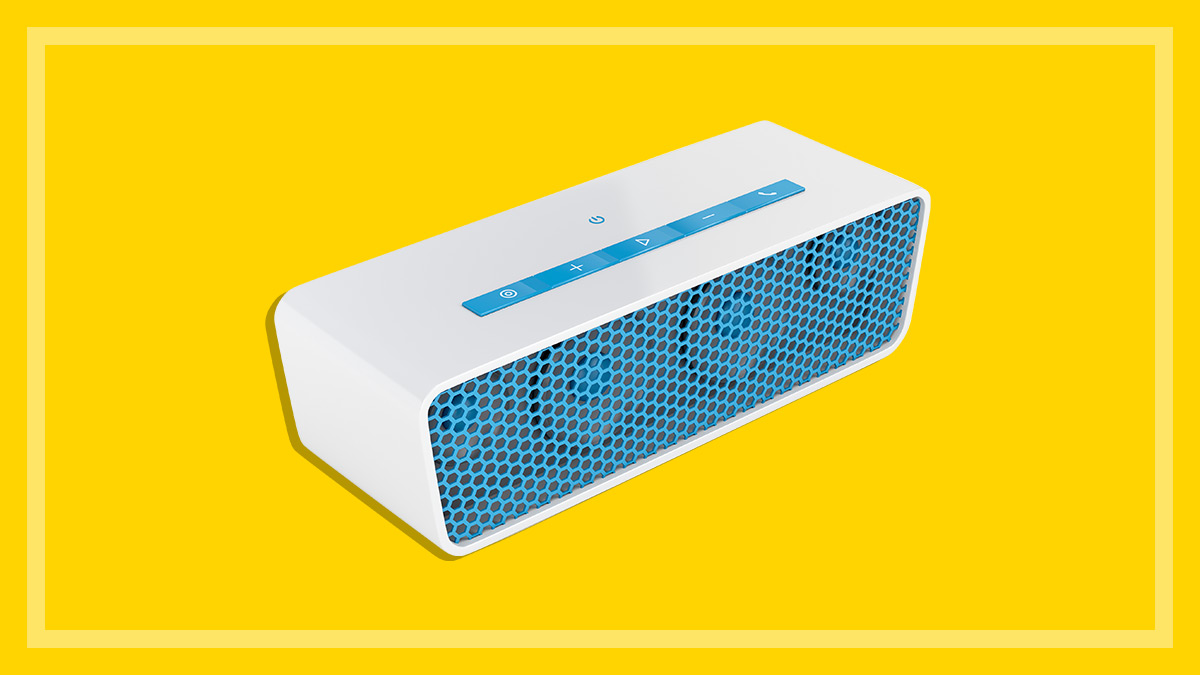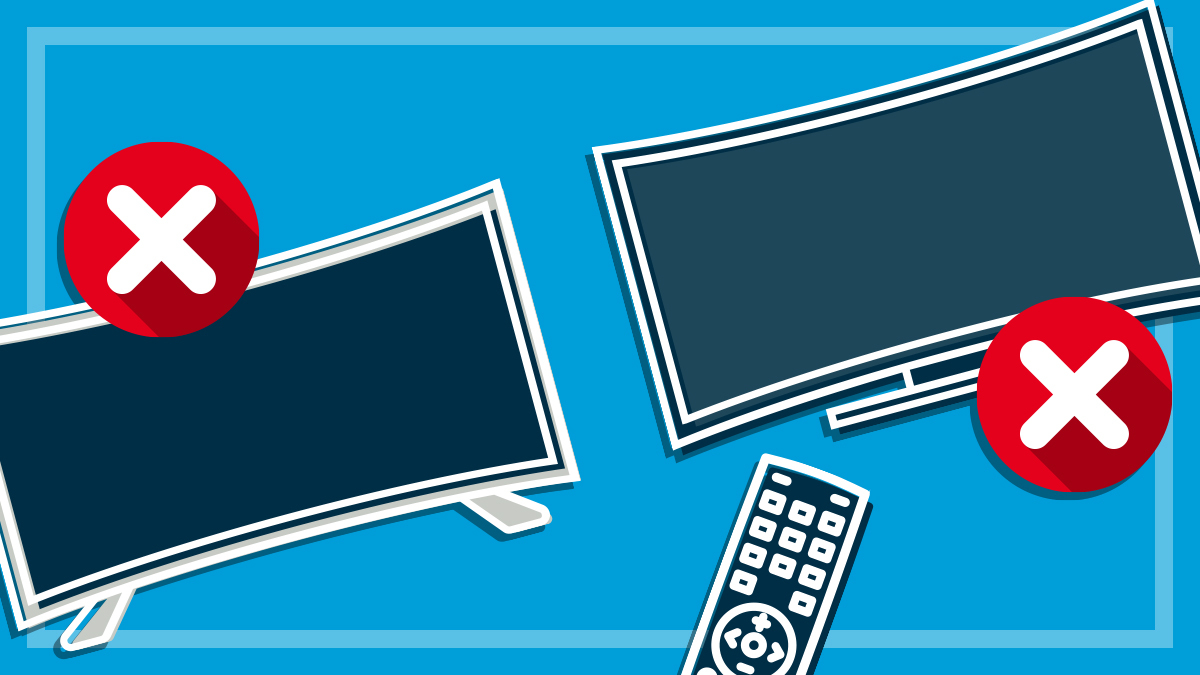How to find the best smart speaker
Control Spotify, listen to the news, turn on the lights and buy groceries online using your voice. It's all possible with a smart speaker.
Last updated: 6 Aug 2018
People often joke about living in sci-fi futures when it comes to home technology, but in the case of smart speakers, it really feels like we’re finally reaching that point. They give you the power to wield control over appliances and entertainment with your voice, like some sort of domestic god.
On this page:
One small, cylindrical box can potentially control everything from your TV to the fridge and your music playlist. It can help plan your day, tell you the news or book a table at the local restaurant. These little devices have introduced a whole new way of automating and organising your life without the need to press any buttons and it won’t cost you an arm and a leg to get started.
But which smart speaker is the best hands-free digital assistant for your home?
What are smart speakers?
Smart speakers are similar to Bluetooth portable speakers in terms of build and functionality (e.g. they can play music). However, they also connect to the internet and include inbuilt digital assistants. A digital or voice assistant is kind of like a secretary – ask a question and it will answer or perform the task. Once set up on your home network, you can control them using voice commands via Wi-Fi or mobile networks, to do things like:
- control online entertainment such as Spotify or Netflix
- search the web
- order food online
- translate languages
- control other smart (internet enabled) devices
- add events to your calendar and notify you when they’re coming up
- read news headlines and the day’s weather.
Unlike other voice-controlled devices, smart speakers will talk back when you issue a command or question.
How do smart speakers work?
This depends on what you want to do. At the basic end, smart speakers essentially conduct online searches using your voice. Add a few subscription services to the mix, and you can control things like Spotify and Netflix, as well as free alternatives such as BBC online radio. Commands or queries begin with:
- ‘OK Google’
- ‘Hey Siri’ for an Apple device
- ‘Alexa’ for Amazon products.
These are followed by the command or detail you want the assistant to carry out.
Digital assistants are at the heart of every smart speaker, and the artificial intelligence in these devices is always trying to learn new things. Over time, you may find that your smart speaker becomes much more responsive – this is because they can learn to recognise your speech patterns, vocal inflections, tone of voice and so on.
All you need to do is connect the speaker to your home network, create an account and follow the set-up steps. This is pretty straightforward as the developers behind digital assistants have established partnerships with plenty of major online services, entertainment sites and appliance manufacturers.
However, smart speakers can only hear things in certain ways. All models have a list of base commands, such as “change the TV to channel Nine.” Well-programmed systems however, can detect colloquial variations on phrases to perform the same tasks, such as “put on channel Nine,” or “switch the TV to channel Nine.”
Though third-party smart speakers have aligned with one major assistant at the moment, don’t be surprised if you start to see models that simultaneously support Google, Alexa and Siri. Rumours of cross-brand support that let you chose which assistant to interact with are swirling around, so products with support for more than one assistant should appear over time.
Why should I buy a smart speaker?
Smart speakers seem like a novelty at first, but dig a little deeper and you can find some genuinely useful features:
- Hands-free control: Useful if you’re cooking, working or dragging yourself into the house with hands full of shopping.
- Grouping: With a little work in the accompanying apps, you can turn multiple products on and off using a single command. “Google, I’m home” for example, can be used to turn on the lights, TV and heater.
- Monitoring: “How long until dinner?” can connect to the oven to provide information. “What should I cook tonight?” can check expiration dates in your fridge and recommend a meal based on food that’s about to go off. Group the two together and your system can download a recipe and talk you through it (depending on app availability).
They can also extend the potential of products from the same manufacturer:
- Sonos: Offers multi-room support for their speakers, giving you the freedom to operate music across the entire home, using a single smart speaker.
- Google: Can add voice commands to products without a microphone. One example is the Chromecast/Chromecast Audio. Once connected to the same network, you can operate them using voice controls via a smart speaker, which is very convenient.
Plus, smart speakers and home automation makes for a really fun talking point as well as having someone to argue with when no one is home.
Accessibility
Connected devices, and smart speakers in particular, open up a world of possibilities for those living with reduced dexterity, tremors, limited accessibility, low vision and so on.
- Instead of fumbling with knobs and dials, it’s now possible to say, for example, “Alexa, run a warm shower.”
- Broad integration of Google Assistant, Siri and Alexa support across a number of first and third-party devices, means designed for assisted living can move out of the expensive, specialised space, into affordable technology for all.
- Complex technology in fact, that can be controlled with simple, easy-to-learn commands.
Which smart speaker should I buy?
Your first choice comes down to one of the three major digital assistants – Google Home, Alexa, or Siri. In terms of features and functions, they’re more or less the same even though they handle commands a little differently.
You’ll find that your decision will be influenced by services you’ve signed up to, the automation environment you want and products you already own. This, and a few other elements, defines each brand:
- Google Home: The most comprehensive and humanlike in its capabilities and responses. Works well with existing Google products such as the Pixel phones and Chromecast line. A highlight of Google-based smart speakers is that they allow you to send content to Google Chromecast dongles using your voice, as well as control playback using your voice. It’s also very good at controlling first and third-party smart devices over a Wi-Fi network, though responses are a little slower than Alexa and Siri. Google Home enabled smart speakers can easily group together as well. Worth considering if you have Google products or a Google account (e.g. Gmail).
- Amazon Alexa: The only major assistant that isn’t tied to an existing product or software line (e.g. Android or iOS), arguably allowing Amazon a little more freedom to partner with whoever it wants. Unlike the other two, Alexa can’t complete all of its tasks out of the box. Instead, you can download ‘Skill’ kits for specific tasks, allowing you to tailor Alexa to your needs. Though useful, this can require a bit of work. Interesting feature – Alexa has an intercom system that lets you communicate between Amazon speakers throughout the house, like walkie-talkies.
- Siri: Like most Apple products, this will seamlessly slide into your home if you’re already set up in the Apple ecosystem. Connecting to an iPhone, Apple TV or iMac for example, is seamless, and it recognises first and third-party smart device commands in a heartbeat. But it’s not quite as polished as its competitors – it can struggle to recognise requests from time to time, and can only complete basic tasks for now. Connected smart devices must also be HomeKit enabled, which leaves out a large chunk of the market.
Smart speakers are basically another vessel for digital assistants like Google Home, Siri and Alexa (they were conceived in smartphones after all). As a result, we’re starting to see these systems pop up in other products such as TVs and kitchen appliances. Car manufacturers are interested in integrating voice commands as well.
What should I look for in a smart speaker?
After selecting your preferred brand, you should also consider these points:
- Bluetooth: This is a handy workaround if you want to stream music on a smart speaker that doesn’t support your service of choice. You can simply tap in via your smartphone or PC. Note, this won’t add smart controls to the service.
- Cross-platform support: Most manufacturers are gradually expanding their partnerships with third-party companies making smart home devices. If you own or are planning on purchasing smart appliances and entertainment products from specific companies, look into whether they can directly communicate with each other. This makes the set-up process much easier.
- Ease of use: This combines set-up, accessibility (physical controls) and, most importantly, how well it responds to commands in various environments. Those with lower scores required us to repeat commands even in quiet rooms. Good speakers can pick up your voice, even in a busy situation. Don’t expect miracles however, your smart speaker is unlikely to perform well in a noisy environment, like a party.
- Follow-up questions: Good smart speakers can hold a conversation after the initial question has been asked, so you don’t need to repeat yourself. “Show me nearby Italian restaurants,” for example, can be followed by “when do they open?” rather than “when do local Italian restaurants open”.
- Services: Speakers can connect directly to certain services such as Spotify, Netflix, ABC news and so on, so you can issue commands from the speaker without having to fiddle with settings or extra connections like Bluetooth. Look for models that support services you subscribe to.
- Sound quality: Most smart speaker owners use them as a media player of sorts, so sound quality is a serious consideration. However, if you only want to use your smart speaker to control other devices, or listen to spoken word content such as the news, you could get away with one of the smaller, cheaper models.
We added smart speakers to our portable wireless speaker test, to determine which models perform well as home entertainment devices (as opposed to home automation units).
The cost of convenience
Even in their semi-suspended state, smart speakers require power. In fact, they need to be on 24 hours a day to do their job, and this can hurt your hip pocket.
- Our test results found three models with an annual running cost of more than $10.
- This isn’t much on its own, but you may find yourself buying speakers for separate rooms as they become integrated into your daily routines. Put three more in the lounge room, kitchen and study, on top of your bedroom, and that $10 bill can jump to over $40.
- As home automation becomes more common, your TV, oven, kettle, microwave and many other devices that normally would only be on when used will suddenly be drawing a small amount of power all the time.
Related
Peter Zaluzny is a Content producer in the Digital home team. He covers everything from home entertainment and personal safety devices to tech for your car and mattresses.
Peter enjoys cutting through the nonsense to help people understand the products they’re considering to buy. He helps consumers make educated, informed decisions.
Peter has a Bachelor's degree in Journalism and a Bachelor of Arts from the University of Wollongong. LinkedIn
Peter Zaluzny is a Content producer in the Digital home team. He covers everything from home entertainment and personal safety devices to tech for your car and mattresses.
Peter enjoys cutting through the nonsense to help people understand the products they’re considering to buy. He helps consumers make educated, informed decisions.
Peter has a Bachelor's degree in Journalism and a Bachelor of Arts from the University of Wollongong. LinkedIn







